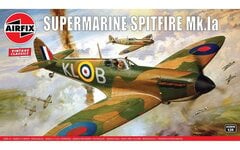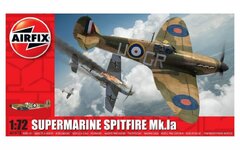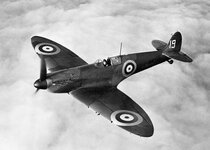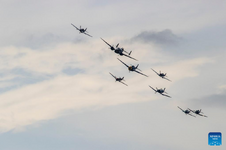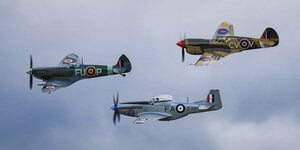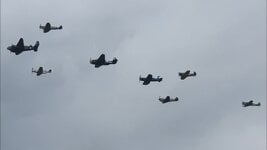SirFrancis
Airman 1st Class
- 199
- Feb 10, 2022
Hey guys, just completed painting the camo pattern on an Airfix 1/72 Spit Ia. Now I just noticed the box art on an Airfix 1/24 Spit shows the camo pattern reversed from left to right wing. So I found a photo of a Spit which looks like the 1/24 model pattern.
So my question - Is my Airfix kit instruction incorrect or did they apply pattern both ways? Too late if mine is now wrong but I'm curious.
cheers
Francis
So my question - Is my Airfix kit instruction incorrect or did they apply pattern both ways? Too late if mine is now wrong but I'm curious.
cheers
Francis

